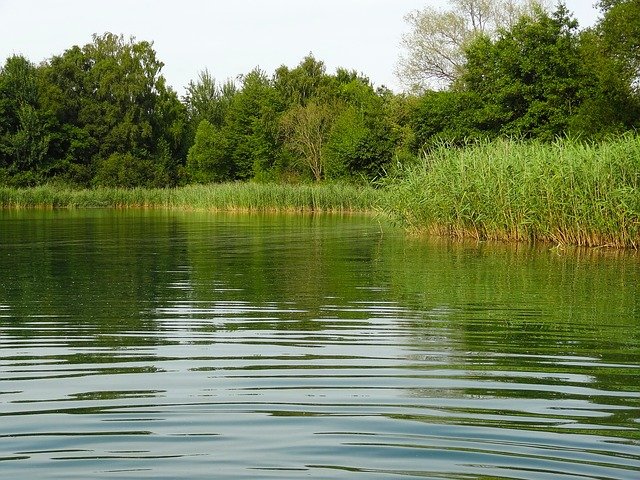“USA Today” website published a report entitled “Trump’s Environmental Protection Agency has rewritten regulations on air and hydropower resources” on October 29, the author is reporter Beth · Berg.
According to reports, in the past four years, the Trump administration has adopted nearly 100 practices of reversing environmental protection policies in order to relax various regulations related to air, water quality and wildlife.
The US Environmental Protection Agency’s forecast shows that in accordance with Trump’s policy, Michigan’s sulfur dioxide emissions will increase by more than 35% in the next five years. The full text is excerpted as follows:
Sheris Harris noticed that after her family moved to a block from a 132-year-old coal-fired power plant in Painesville, Ohio, her eldest daughter quickly changed. The teenage daughter had more frequent asthma attacks, and she started to carry asthma sprays with her at all times.
What the family didn’t know at the time was that the municipal power plant in Painesville emits nitric oxide and sulfur dioxide-the American Lung Association said these two pollutants can inflame the respiratory tract, causing breathing difficulties, chest tightness, pain and asthma.
Harris, who lives with his four children and fiancé, said: “This makes me wonder, is that the cause of my daughter’s asthma?”
According to the U.S. Environmental Protection Agency’s own forecasts, the Paynesville Power Plant–and similar nearly 200 coal-fired power plants–can emit more such pollutants in accordance with President Trump’s regulations.
This provision is one of the nearly 100 practices that the Trump administration has adopted in the past four years to relax various regulations on air, water quality and wildlife regulations. Most of these practices have taken effect, and the rest will face legal challenges. All these practices endanger the environmental protection measures that have been implemented for decades.
Joseph Goffman, former assistant director of the U.S. Environmental Protection Agency and currently executive director of the Harvard University Environmental and Energy Law Program, said: “The obvious effect of (these new regulations) is to weaken pollution standards, which is to reduce environmental protection. With their Effective, the public will suffer more pollution, environmental damage and greenhouse gas emissions.”
Goffman said, “But these regulations also serve other purposes.” What the government really wants to do is break the law.
At the same time, according to more than 10 experts and former employees of the Environmental Protection Agency interviewed by USA Today reporters, the authority of the Environmental Protection Agency has been received for the first time in the decades since the promulgation of the iconic Environmental Protection Law. Restrictions and limitations.
The Trump administration has allowed the United States to withdraw from the “Paris Agreement” that will work to reduce greenhouse gas emissions, claiming that this agreement has caused an unfair economic burden on the United States.
In Michigan, across the lake from Paynesville, part of a highly industrialized area that covers Detroit and its surroundings, it has not met the Environmental Protection Agency’s air quality standards for sulfur dioxide levels for many years.
The Environmental Protection Agency’s own forecasts show that, in accordance with Trump’s policies, Michigan’s sulfur dioxide emissions will increase by more than 35% in the next five years.



